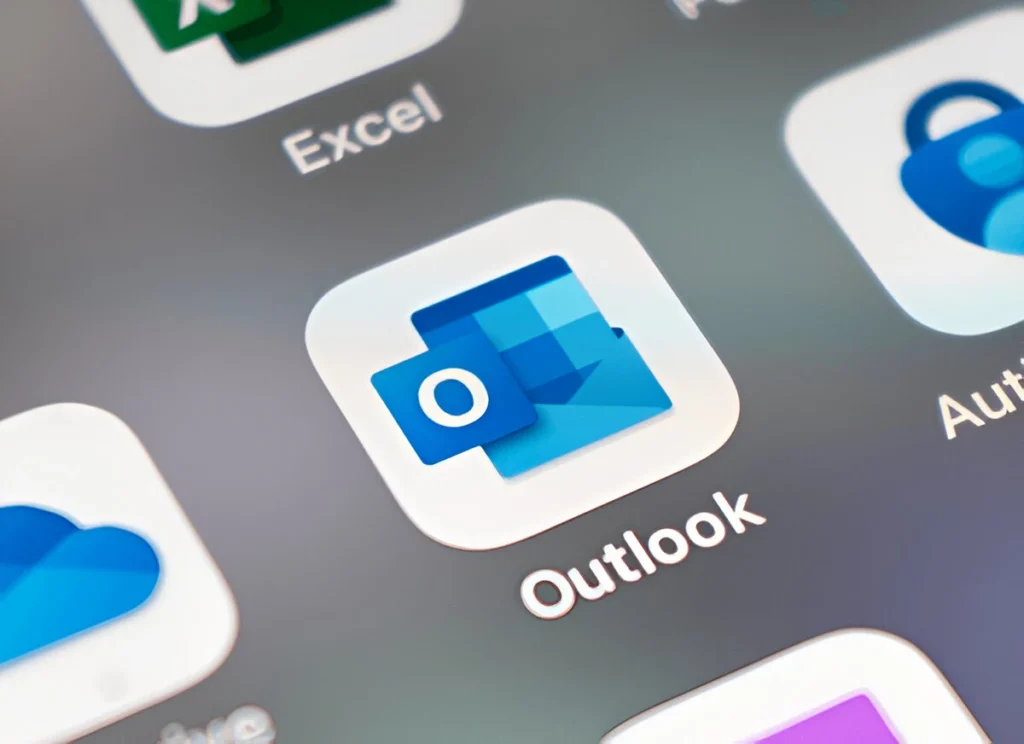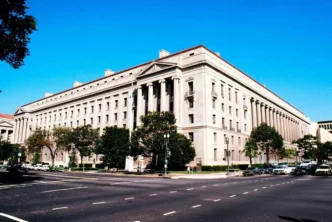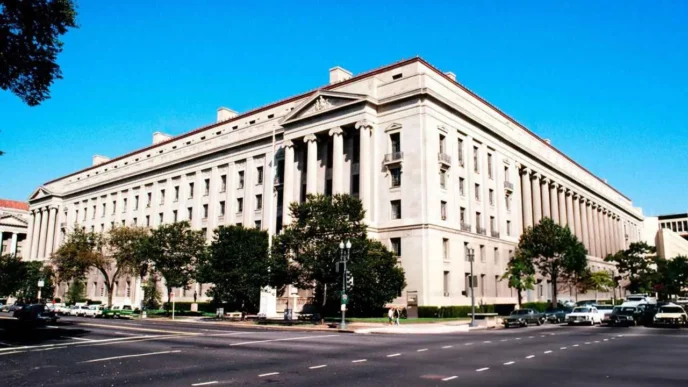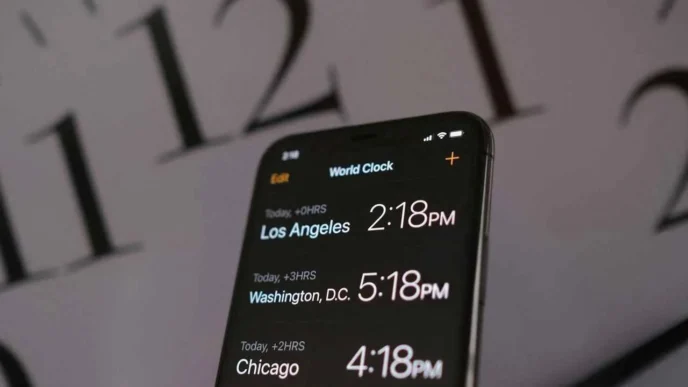On March 1, 2025, a widespread Microsoft outage disrupted email and app access for tens of thousands of users worldwide, leaving businesses, professionals, and individuals scrambling to adapt. The Microsoft global outage affected critical services like Outlook and Microsoft 365, sparking frustration and raising questions about the reliability of cloud-based platforms. Fortunately, Microsoft acted swiftly to restore services, but the incident underscored the vulnerabilities of our increasingly digital world. In this blog, we’ll dive into the details of the Outlook outage, its impact, and what it means for users across the United States and beyond.
What Happened During the Microsoft Global Outage?
The Microsoft outage began around 3:30 p.m. ET on Saturday, March 1, 2025, when users reported widespread disruptions across multiple Microsoft services. According to Downdetector, over 37,000 individuals flagged an Outlook outage, while approximately 24,000 reported issues with Microsoft 365. The outage also impacted Microsoft Teams, Exchange, Azure, and even the Microsoft Store, affecting millions globally.

Microsoft confirmed the issue via its official Microsoft 365 Status X account, stating, “We’re investigating an issue in which users may be unable to access Outlook features and services.” The company later identified a faulty code update as the culprit and reverted it to mitigate the damage. By Saturday evening, Microsoft announced that services were fully restored, with a service health update proclaiming, “Everything is up and running.
The Microsoft global outage hit hardest in major U.S. cities like New York, Chicago, and Los Angeles, where outage reports peaked around 4:00 p.m. ET. Social media platforms, especially X, buzzed with complaints as users vented about their inability to send emails or access critical apps. For a company serving over 400 million Outlook users worldwide, this disruption was no small hiccup.
The Impact of the Microsoft Outage on Users
How Microsoft Responded to the Outage
Microsoft’s handling of the Microsoft outage was swift and transparent. At 5:01 p.m. ET, the Microsoft 365 Status team posted an update on X: “We’ve identified a potential cause of impact and have reverted the suspected code to alleviate impact.” This quick identification and rollback of the faulty update showcased Microsoft’s technical agility.
Why Do Microsoft Outages Happen?
Past incidents, like the November 2024 Outlook and Teams outage tied to a third-party ISP change, highlight a recurring theme: reliance on interconnected systems. With over 400 million Outlook users and a 4.38% email platform market share (behind Apple Mail and Gmail), Microsoft’s scale amplifies the impact of any downtime. The Microsoft outage serves as a wake-up call for businesses to diversify their tech stacks or prepare contingency plans.
What This Means for Microsoft 365 Users
For Microsoft 365 subscribers in the United States, the Outlook outage was a stark reminder of dependency on cloud services. While Microsoft restored access quickly, the incident disrupted workflows, delayed emails, and stalled collaboration. Small businesses, in particular, felt the pinch, with some reporting financial losses due to missed opportunities.
Looking ahead, users may demand greater reliability from Microsoft. The company’s plan to shutter Skype in May 2025 and shift focus to Teams suggests a consolidation of resources—but it also raises the stakes for flawless performance. As Microsoft 365 remains a cornerstone of modern productivity, ensuring uptime will be critical to maintaining user trust.
Tips to Prepare for Future Microsoft Outages
- Backup Communication Channels: Use alternative email providers like Gmail or messaging apps like Slack during downtime.
- Offline Access: Enable offline mode in Outlook to access cached emails when servers fail..
- Monitor Updates: Follow Microsoft 365 Status on X for real-time outage alerts..
- Diversify Tools: Rely on non-Microsoft apps for critical tasks to avoid single-point failures..
By staying proactive, you can weather the next Microsoft global outage with minimal disruption.
Final Thoughts on the Microsoft Outage
The Microsoft global outage on March 1, 2025, disrupted email and app access for thousands, but Microsoft’s rapid response restored normalcy within hours. For Outlook and Microsoft 365 users in the United States, it was a frustrating blip in an otherwise reliable ecosystem. However, it also exposed the fragility of cloud-based tools that millions depend on daily.















